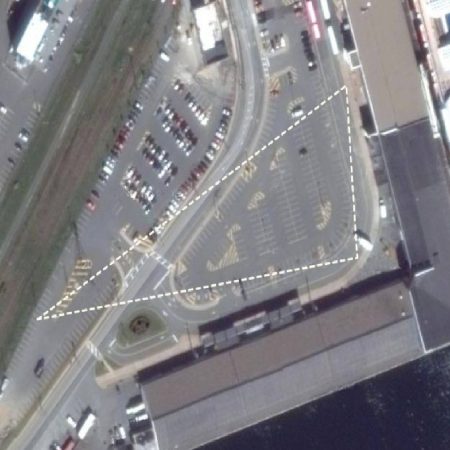What is noise and sound in your artistic practice?
Negation and affirmation.
We’ve discussed the obscurity of poetry [as tactic?], the recipe of design [in its materials], and architecture [in a state of compression and decompression]. Why is fragmentation significant to you? Perhaps you can speak of this in the context of your solo exhibition Compact (2013), a result of the Acme Studios International Residences Programme in London?
An attitude towards participation of the particulars frees the particulars from pre-imposed expressive constraints. The fragment participates in defining the whole to which it belongs…just like the “organized meaninglessness” of “linguistic molecules” in Beckett’s Endgame that “synthesize irrevocably into that very meaning structure of the whole which is denied by the whole.”
Some of your artwork requires participation, but not always from the audience member, in what is often discussed as relational [aesthetic] art, where the viewer becomes part of the artwork in the their performance of regular interactions with interventions created by the artist for an art show. Rather, you include individuals in the decision-making of the installation and presentation of the work such as in Legacy Maple (2012), which was commissioned and first shown in a Canadian anthology exhibition Oh Canada at MASS MoCA. In this piece you’ve taken a piece of MDF, and set the rule that everyone who is involved materially or immaterially with the work’s installation becomes credited as an artist on the piece. The Legacy Maple MoCA artists for example were: John Carli, Richard Criddle, Shane DeLong, Kim Faler, Alexis L. Grisé, Chad Jagoe, Craig Leonard, Denise Markonish, Robyn Mitchell, Graeme Patterson, and Doug Stone. Every time the piece is shown again, new names are added to the list, in alphabetical order without acknowledgement of specific work done. To further the concept, you’ve also disallowed the form to be shown the same way twice. In this way the piece changes at every presentation, not only in form, but also in concept. Taking this into consideration, what is the role and meaning of resolution in the conception of your work (that is: handing over decision-making to the resolve of another)?
To embrace resolution as a temporary state revealing that even delusions of the real participate in the real.
Can you tell me about your recent research into the novella?
The novella’s always an unfinished form, which is true.
What made you want to enter into a —[blocked by the artist]— ?
I like to keep that quiet.
What’s next?
Glass shelves at Silke Puu in Vancouver and a book on Herbert Marcuse’s anti-modernism.
